Photos
A sampling of nature’s finest — creatures who’ve made my journey unforgettable.
15th June 2025 : Green Cross
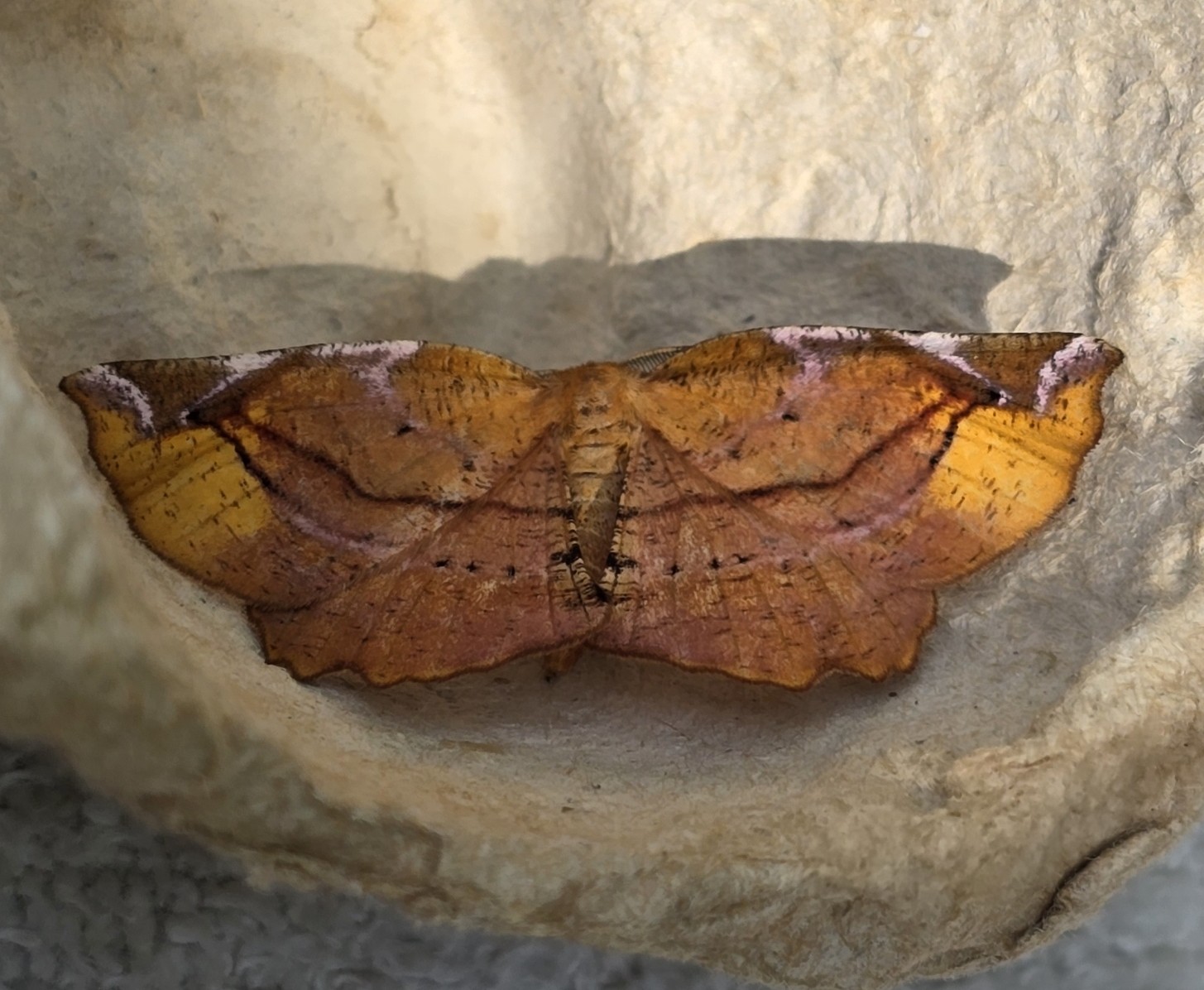
Lilac Beauty
30th May 2025 : Forgelle, Mayenne Department, France
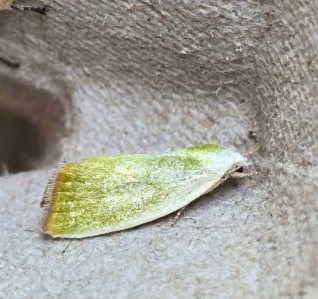
The Cream-bordered Green Pea (Earias clorana) is a small but striking moth, easily recognized by its vivid green wings edged with creamy white. Found near wetlands and damp meadows, its larvae feed on willow and poplar catkins. A delicate gem often seen from May to August.
This is the first time I've ever encountered this species
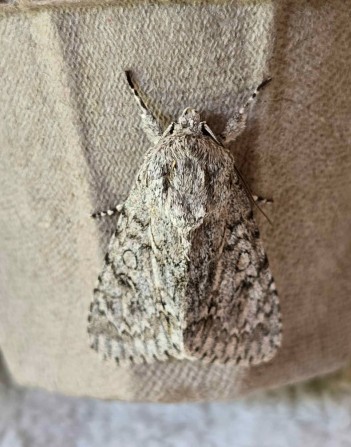
The Sycamore (Acronicta aceris) - one of two recorded on this trip to France. The adult moth’s subtle, ash-grey tones are quietly appealing, but its caterpillar is a showstopper: bright yellow or orange with long white and black hairs. So flamboyant, it's earned the nickname "punk caterpillar."
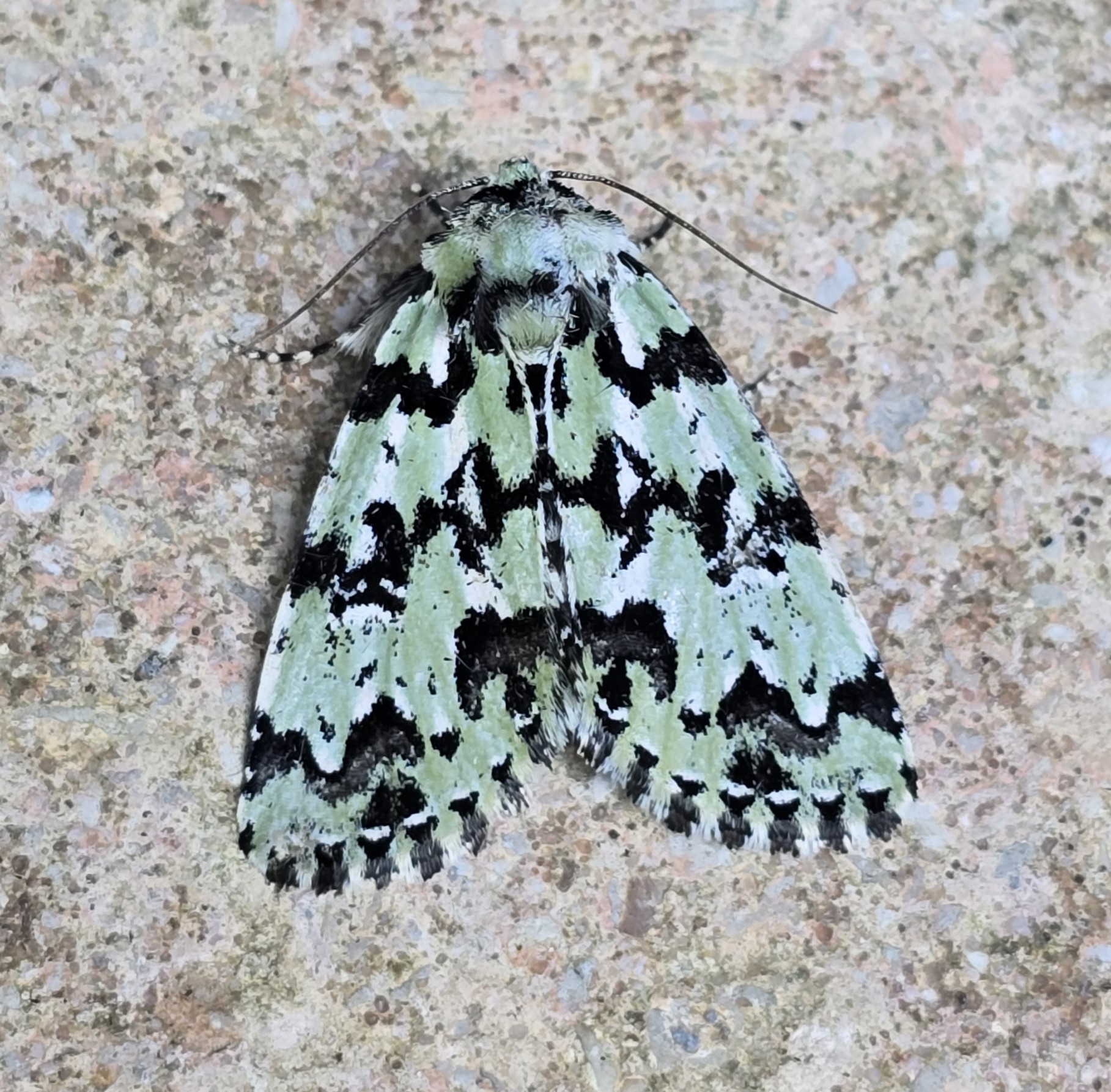
The Scarce Merveille du Jour (Moma alpium). A striking moth with shimmering green and black marbled wings, resembling lichen-covered bark. Found in mature woodlands, it flies from June to August. Its larvae feed mainly on oak.
A true woodland jewel and also the first I've ever seen!
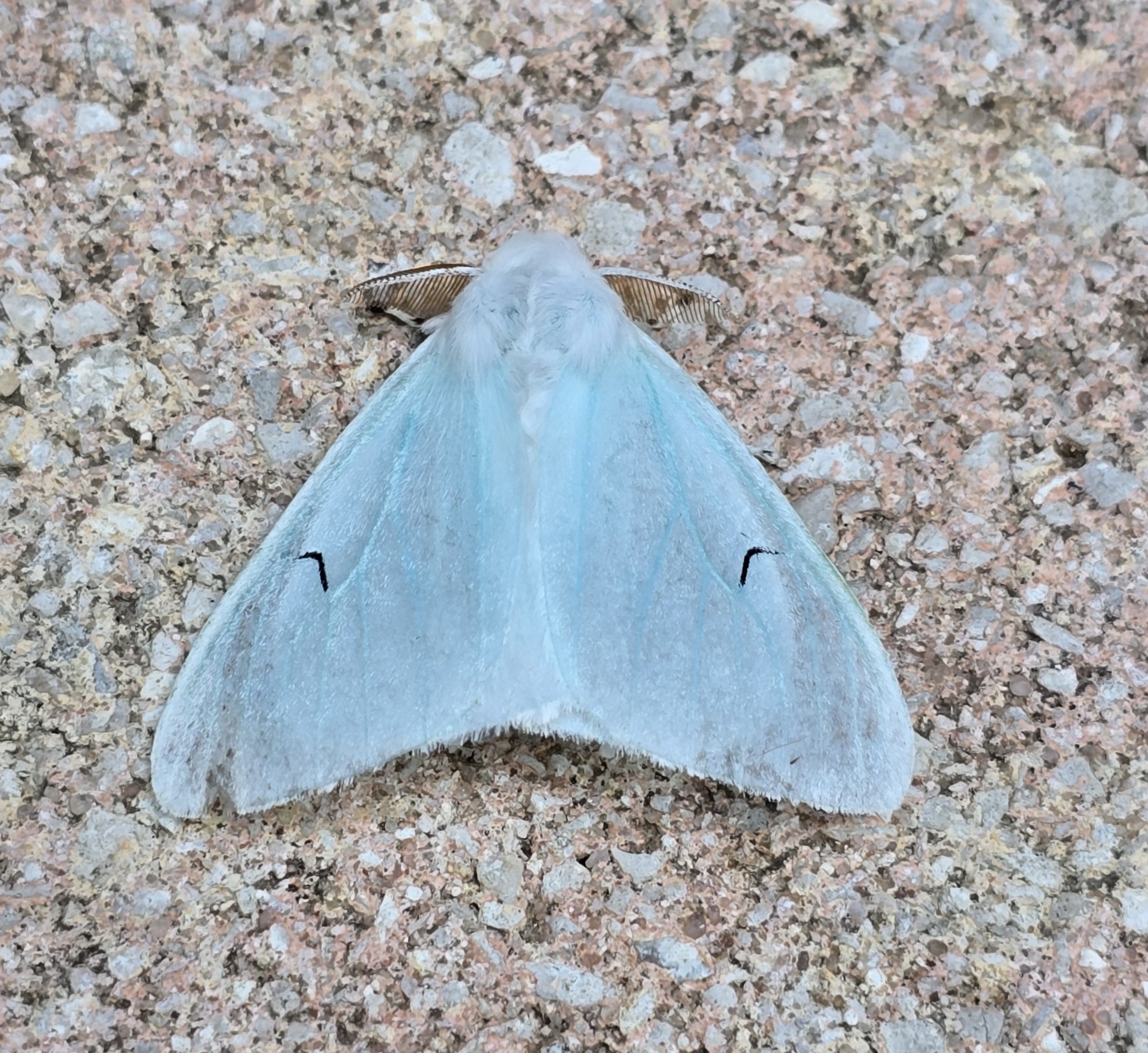
The Black V Moth (Arctornis l-nigrum). Anorther species recorded on this trip that I've never seen before! A delicate bluish-white moth named for the bold black 'V' mark on its forewings. Flying from June to July, it prefers woodlands and hedgerows.
The hairy caterpillars feed on oak, birch, and hazel. Subtle yet striking in flight. Seen only the once in Sussex - back in 1946!
23rd May 2025 : Forgelle, Mayenne Department, France
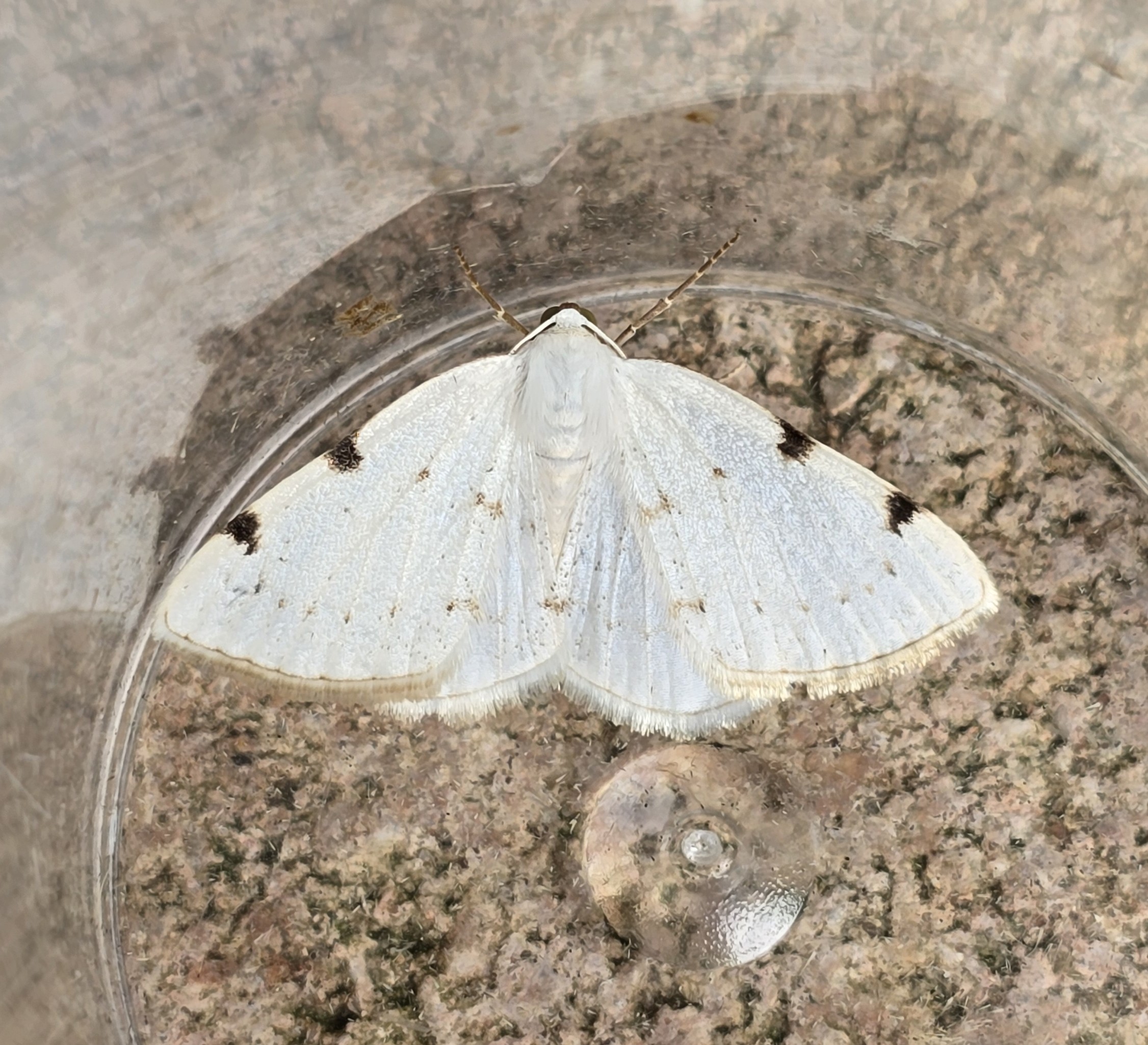
White-pinion Spotted (Lomographa bimaculata). Another first for me from the garden at Forgelle!
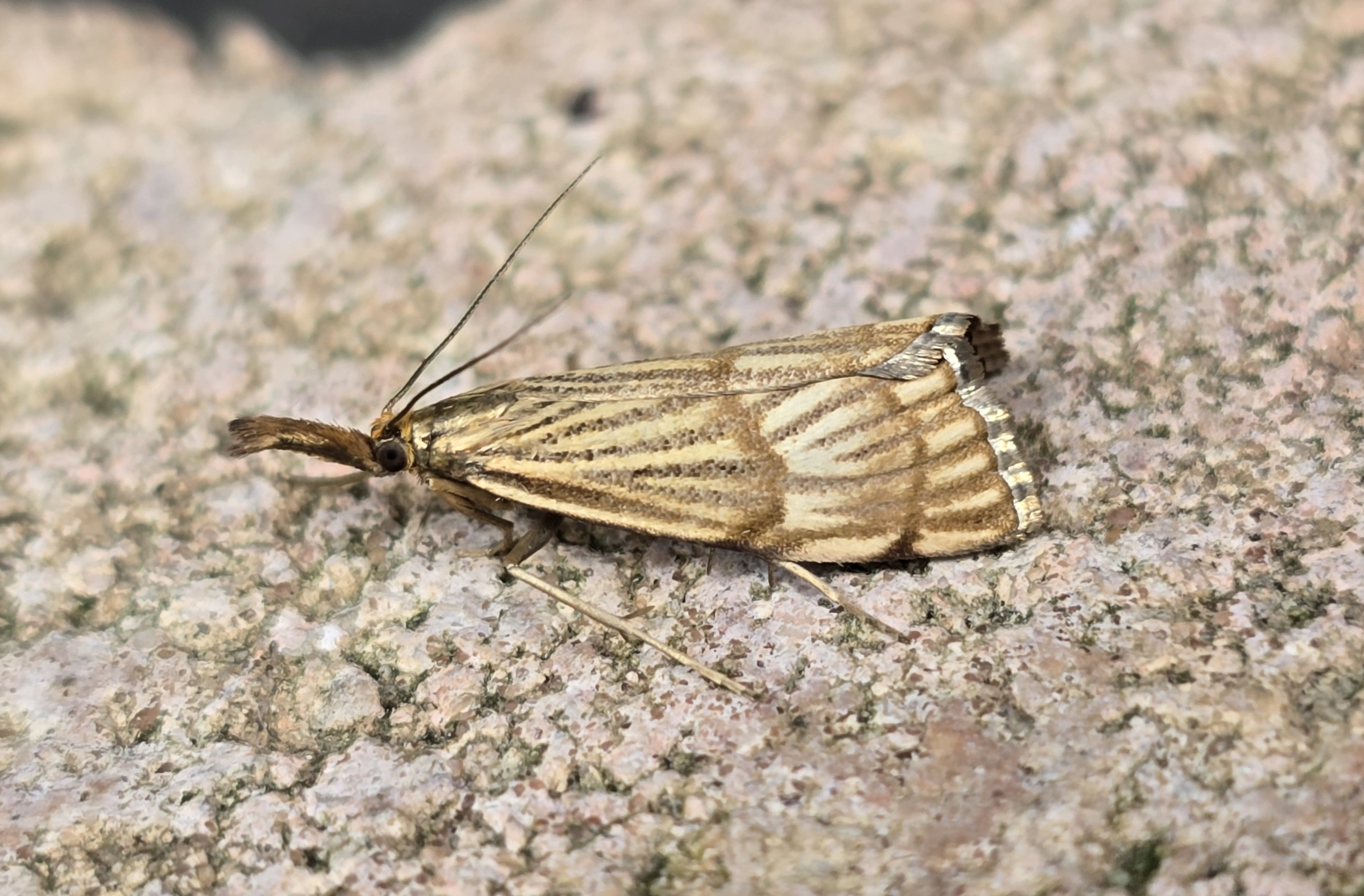
Orange-barred Grass-moth (Chrysocrambus linetella)
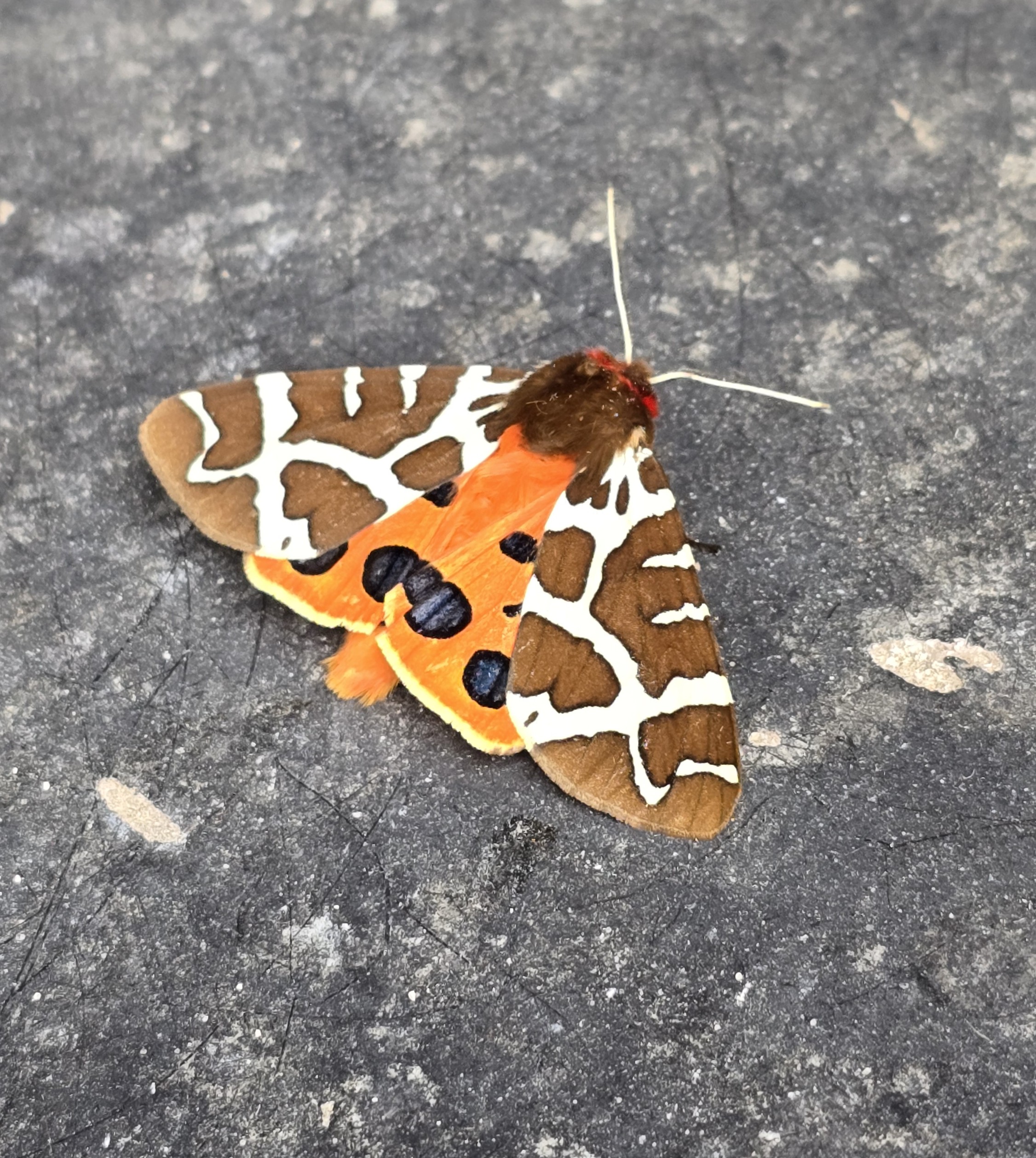
Garden Tiger (Arctia caja)
15th May 2025 : Forgelle, Mayenne Department, France
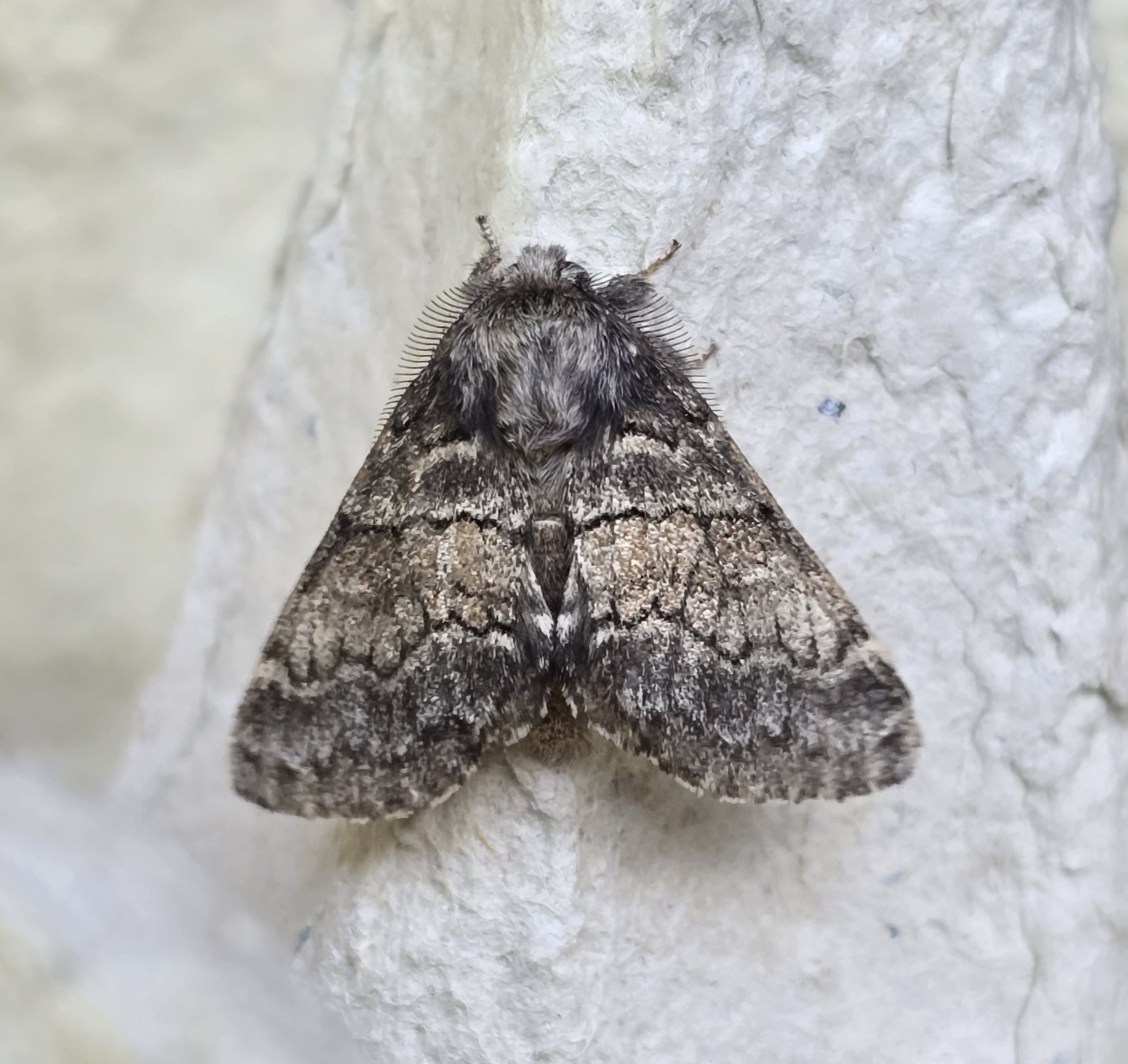
Dusky Marbled Brown (Gluphisia crenata). A very rare, vagrant moth in the UK but a fairly common moth on the Continent. My first record of this species. The larva feeds on poplar.
13th May 2025 : Forgelle, Mayenne Department, France
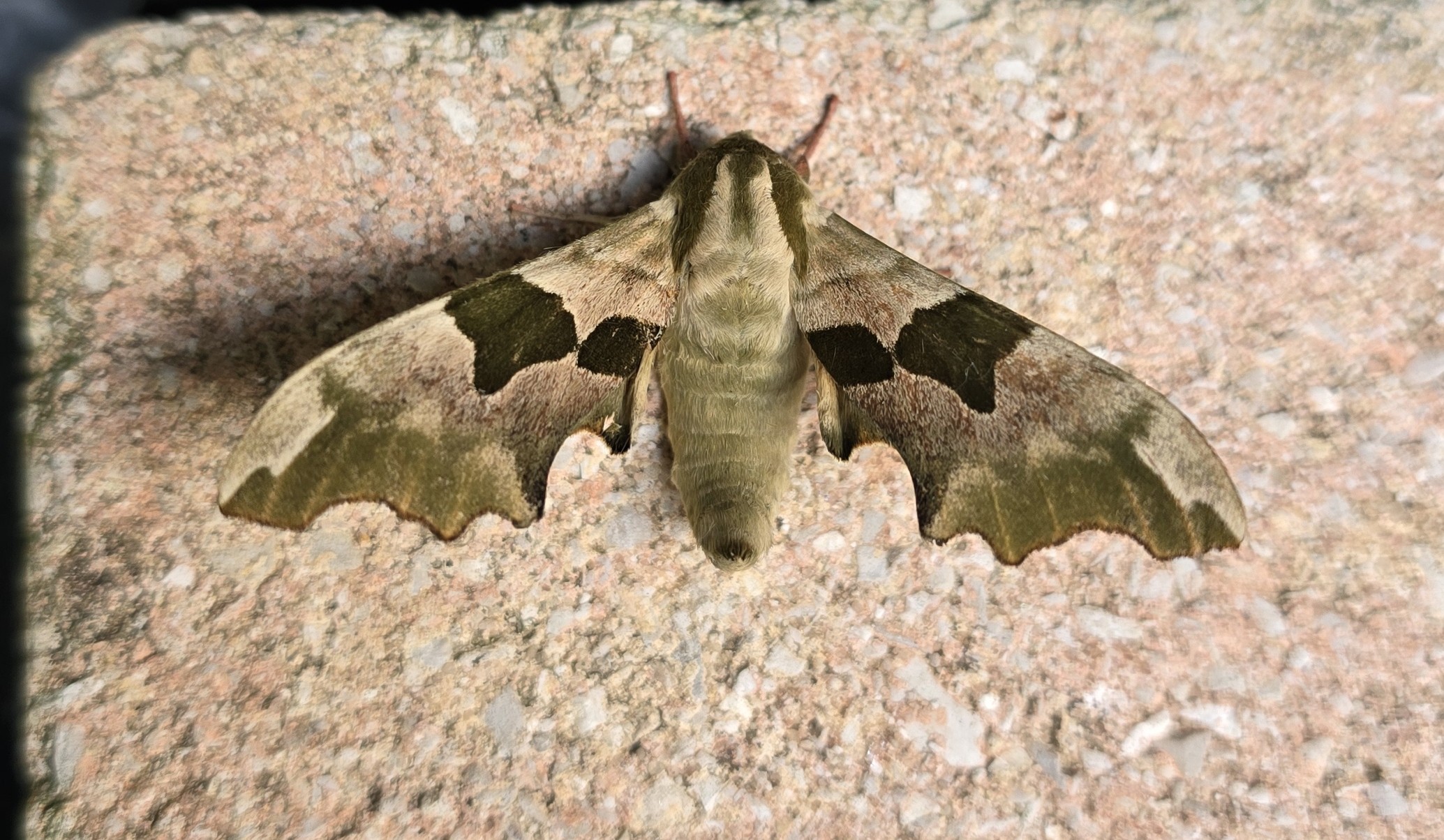
The second Lime Hawk-moth (Mimas tiliae) recorded out here in France but definitely a different individual that the first given the differences in wing patterns. As the name suggests, the larvae feed mainly on lime trees but also feeds on elm, birch, hazel and alder when available.
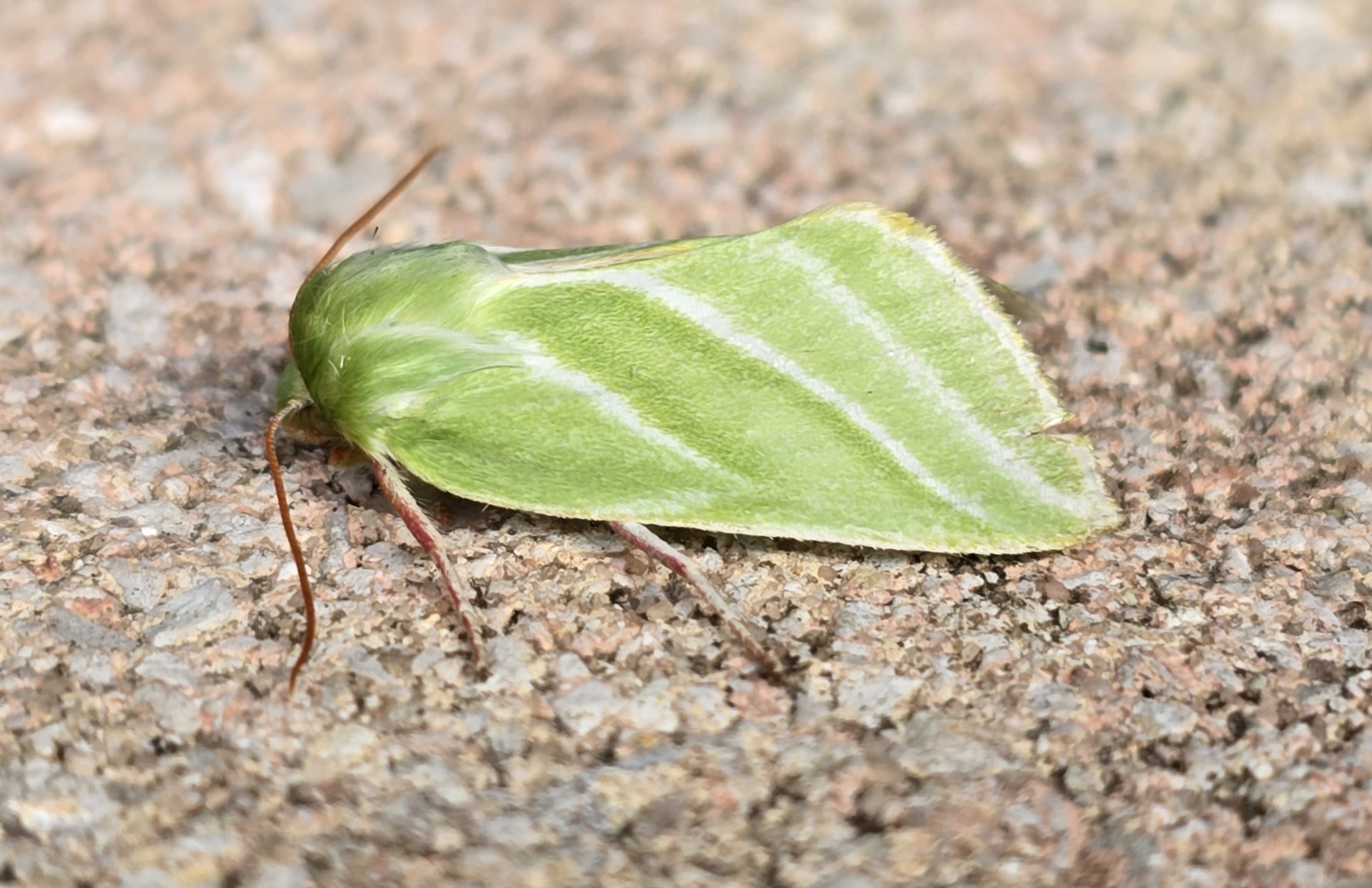
Green Silver-lines (Pseudoips prasinana). Not a species I've had the pleasure of encountering in the UK but so getting a second while out here in France was a treat. Apparently the iridescent silver lines may help confuse predators by disrupting the moth's outline in moonlight.
11th May 2025 : Forgelle, Mayenne Department, France
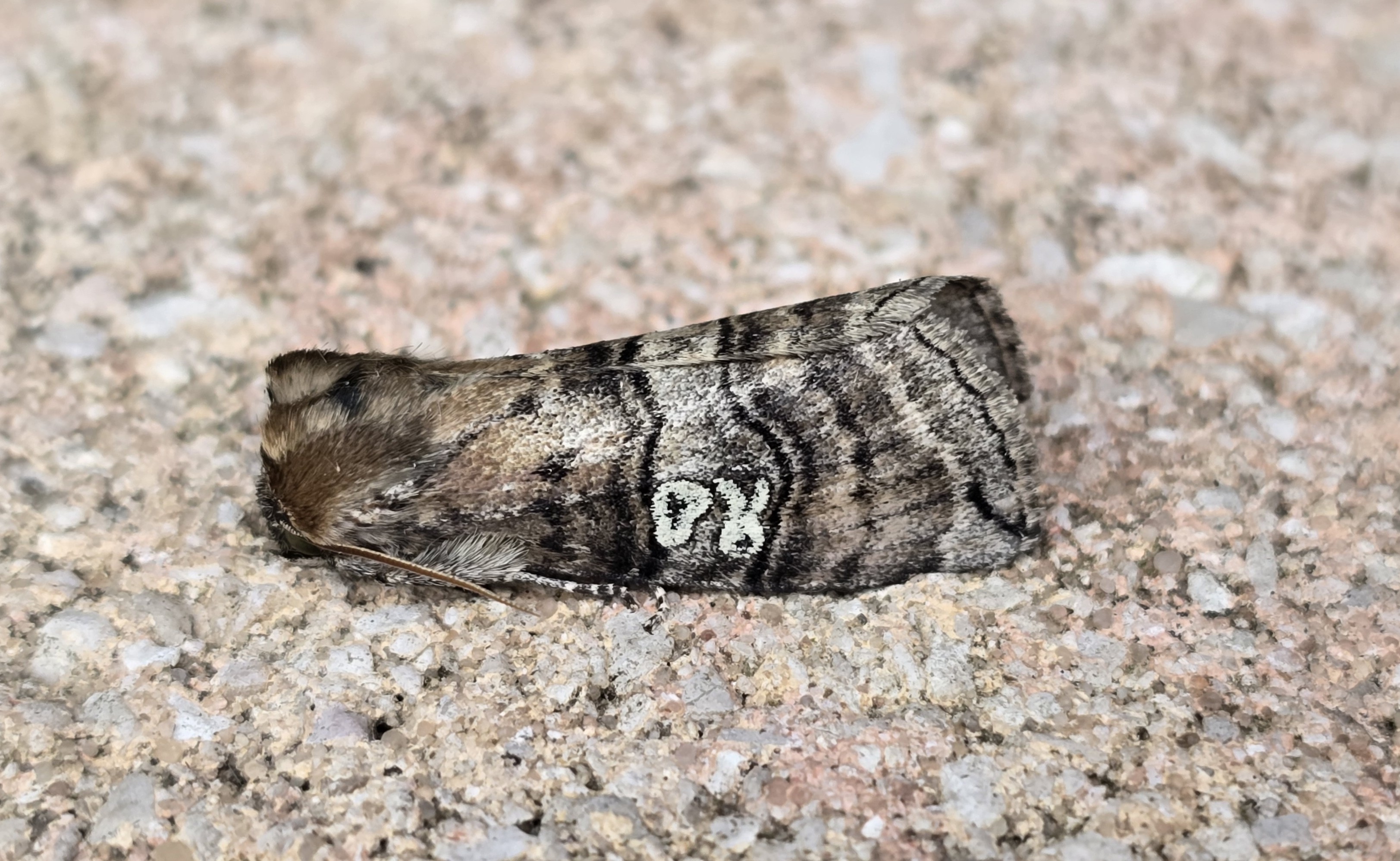
Figure of Eighty (Tethea ocularis). The first I've recorded in 2025
31st March 2025 : Roquetas-de-Mar, Andalucia
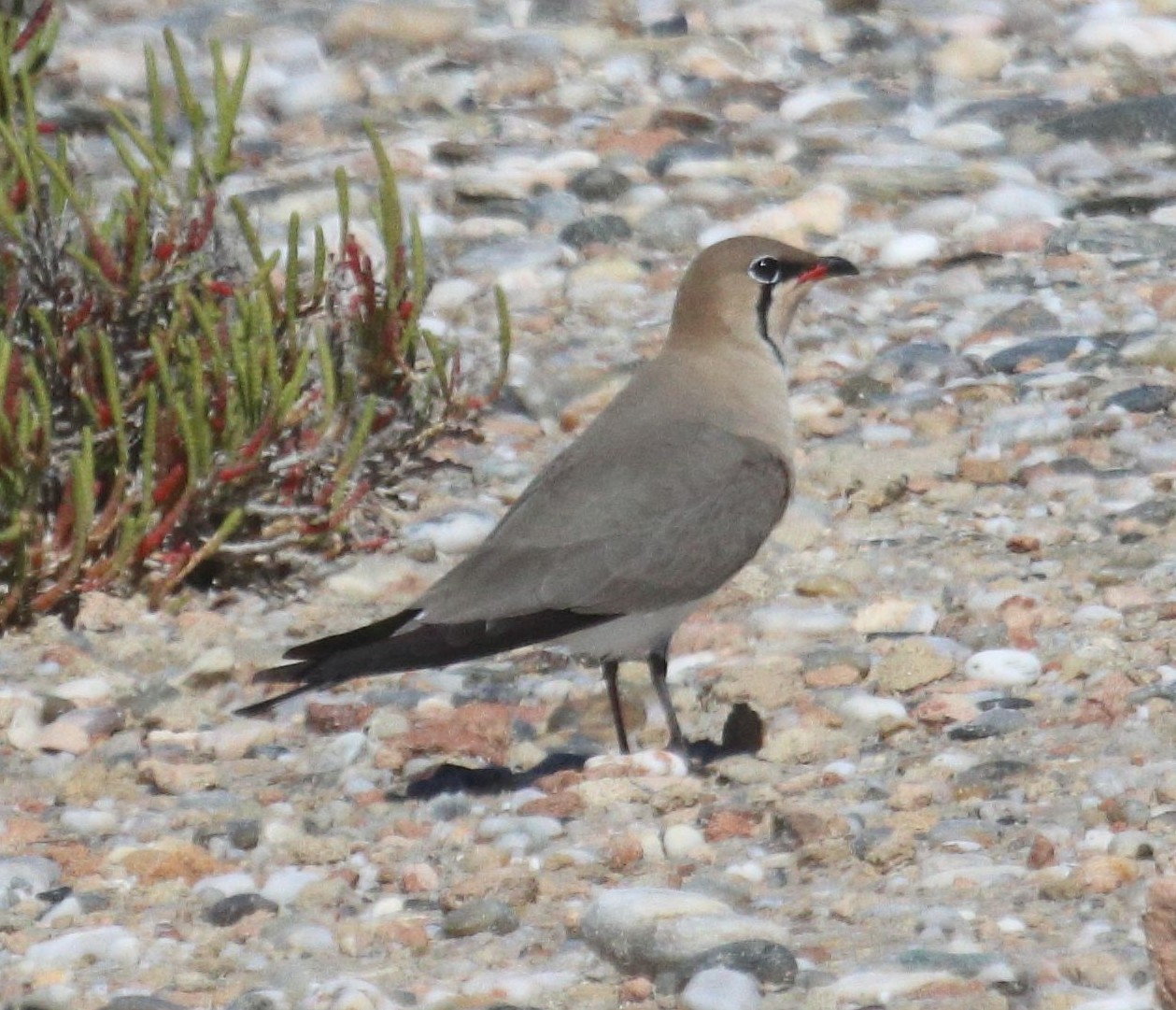
Collared Pratincole (Glareola pratincola). A migratory species to southern Europe from Africa, which only rarely reaches the shores of the UK. Unfortunately the species is declining due to habitat loss, human disturbance & cllimate change. Photographed in the Salinas Viejas nature reserve.
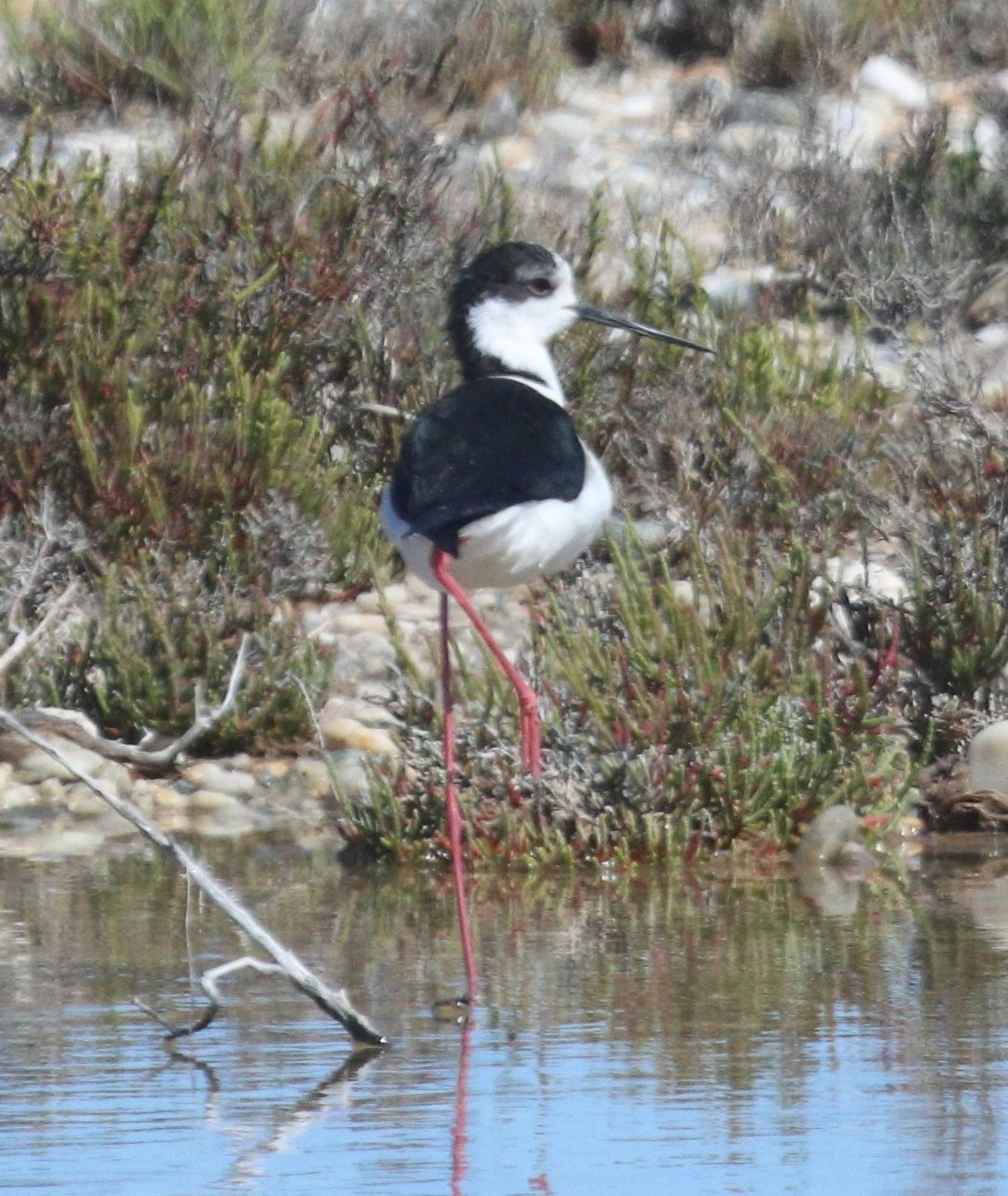
Black-winged Stilt (Himantopus himantopus). Another migratory species that breeds primarily in southern Europe but it's range has been expanding in recent decades to the extent that a few are now breeding in the UK. In 2023 10 breeding pairs were reported.
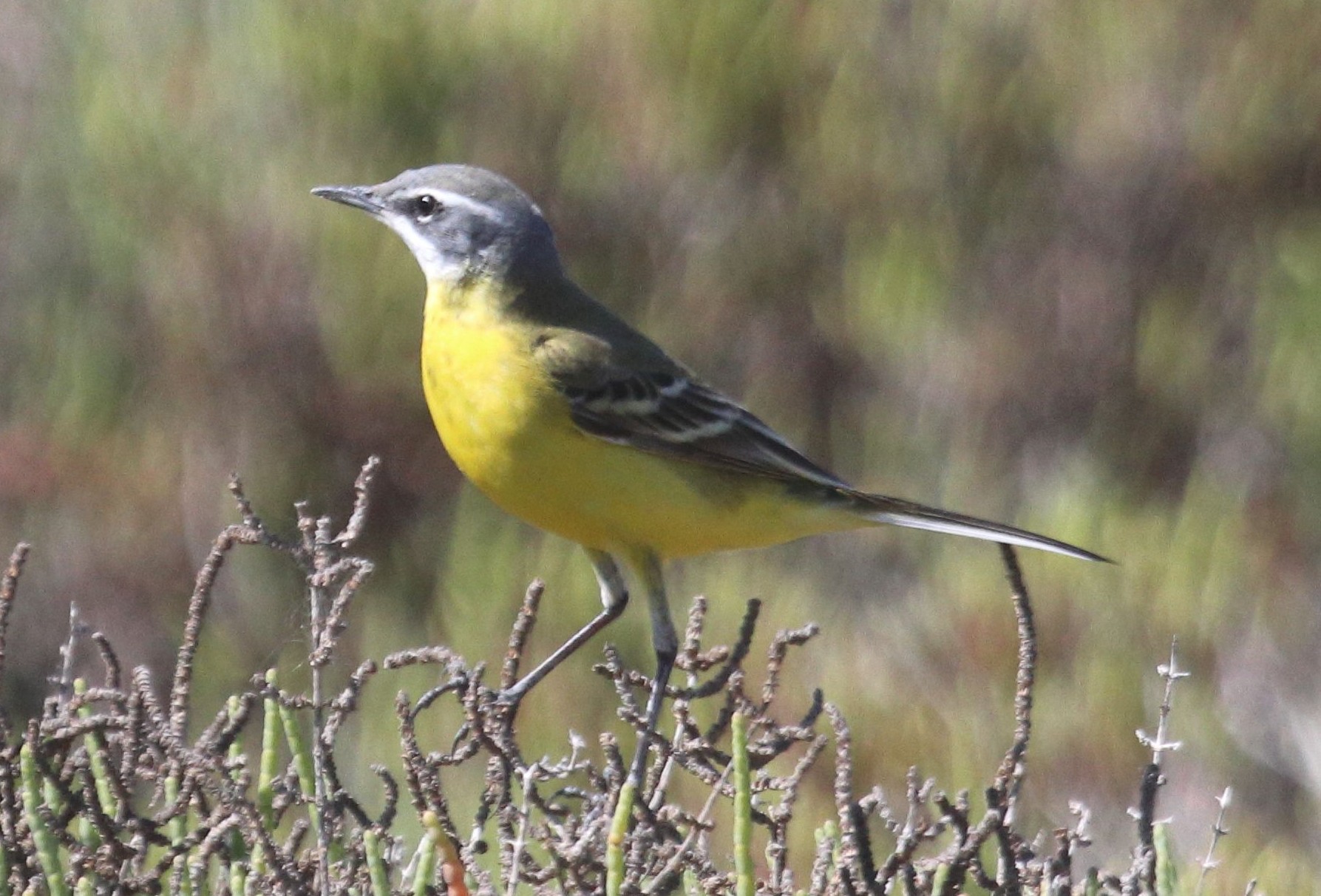
A yellow wagtail (Motacilla flava) but the situation with the species is rather complex as there are a number of different subspecies recognised that can look very different to the birds we normally see in the UK (M. flava flavissima).
The head plumage of flavissima is primarily yellow unlike the other subspecies which have heads coloured from light-brown through to black. This photo is of the nominate flava and is often called the Blue-headed Wagtail - at least I think it is!
20th October 2024 : Gabrovo, Bulgaria
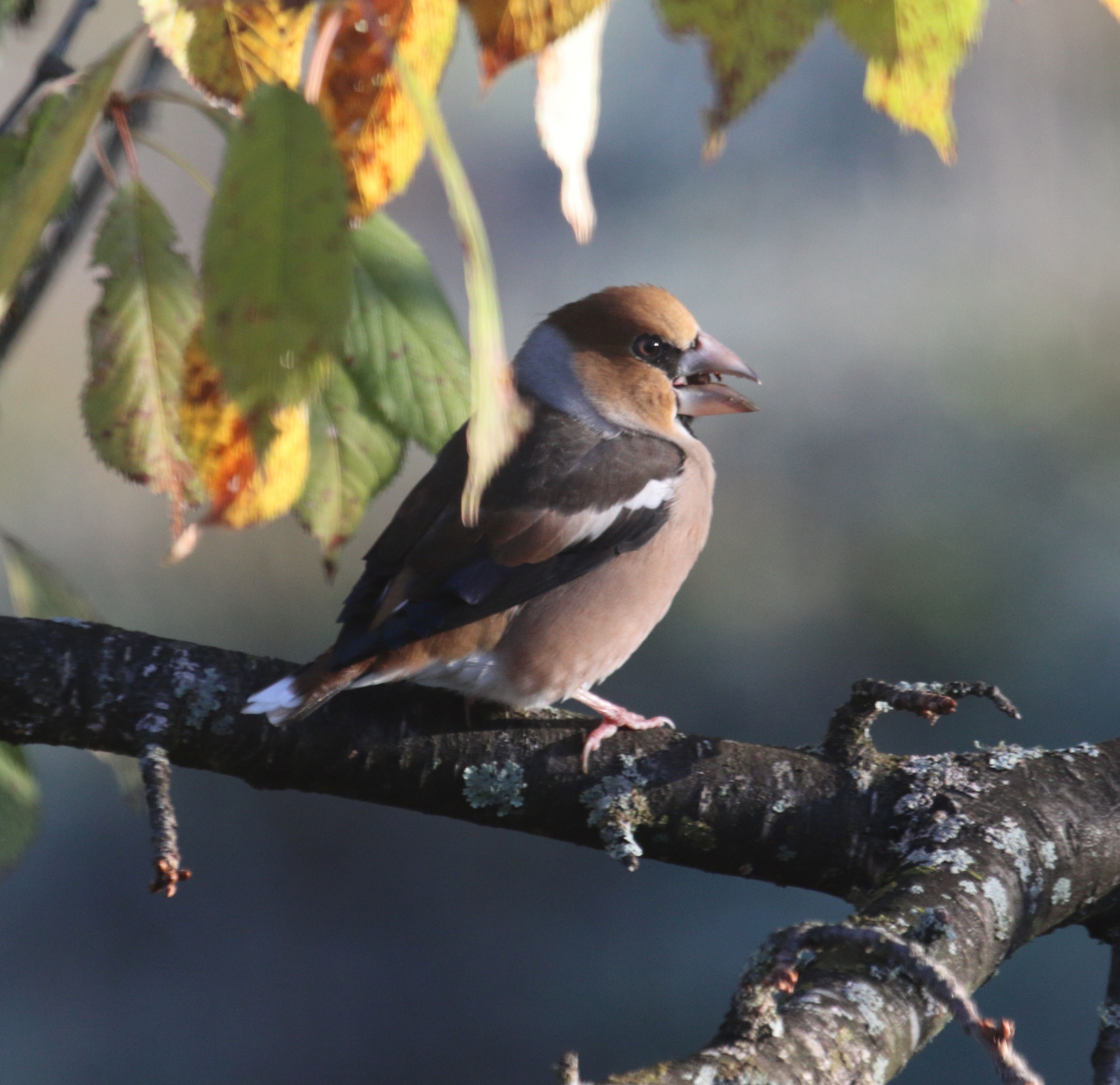
A Hawfinch (Coccothraustes coccothraustes). Europe’s largest finch and one of its most elusive. Fortunately a fairly regular visitor to the garden in Bulgaria making its presence known with its distinctive sharp, metallic "tic" sound.
They specialise in hard seeds, especially cherry stones, hornbeam seeds, and plum kernels which they can crack open with their massive bill.
7th October 2024 : Gabrovo, Bulgaria
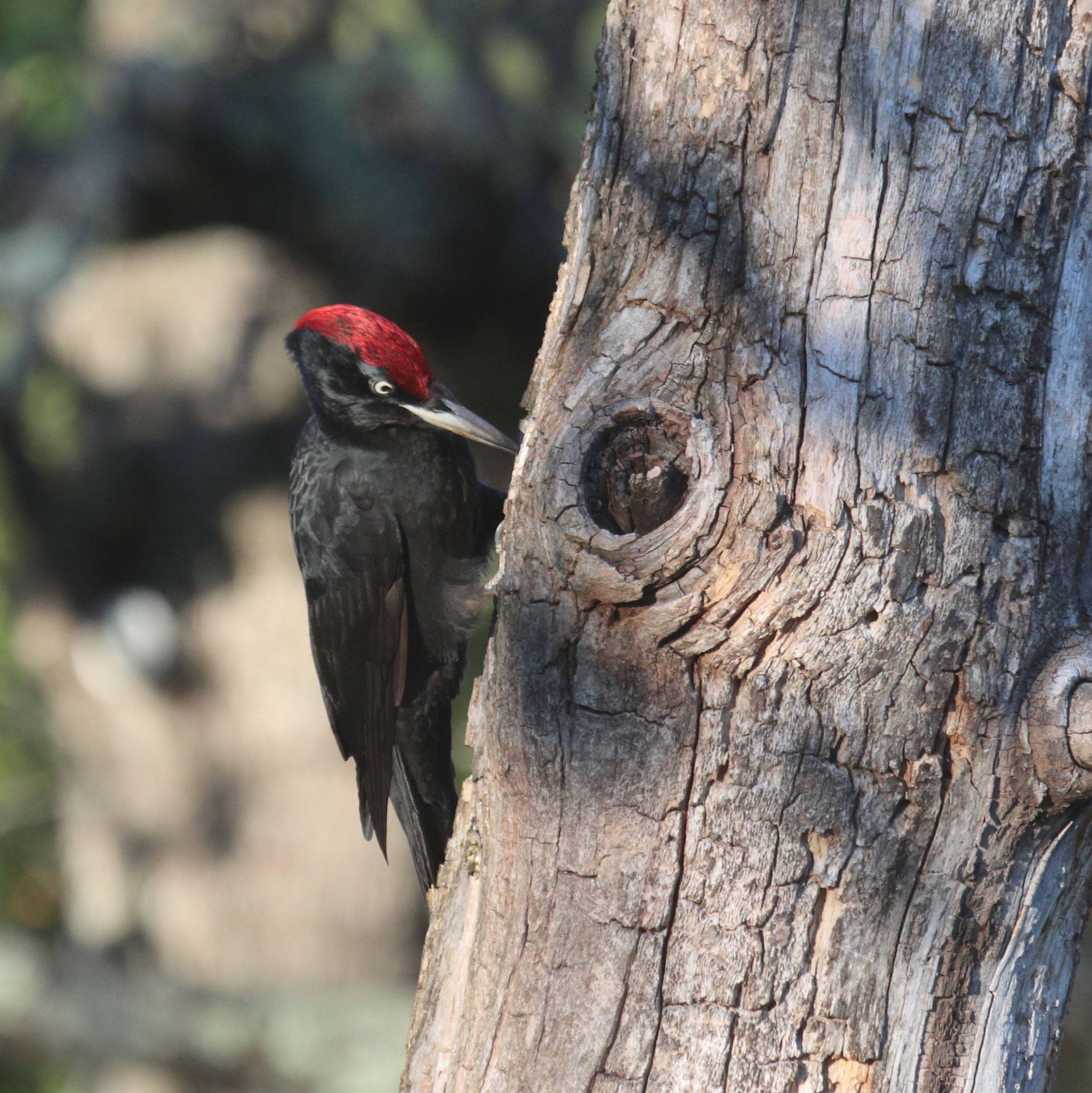
Black woodpecker (Dryocopus martius). A species with a very distinctive call that is heard calling across the forest on a regular basis. The species doesn't appear in the garden too often though, so I was lucky that this one perched on the dead cherry tree for long enough for me to get this photo.
30th September 2024 : Gabrovo, Bulgaria

A Middle Spotted Woodpecker (Dendrocoptes medius). A locally common species in Bulgaria where this one was photographed in the foothills of the Balkan mountains amongst extensive forests. Quite a common visitor to the garden.
22nd August 2010 : Green Cross, Plumpton
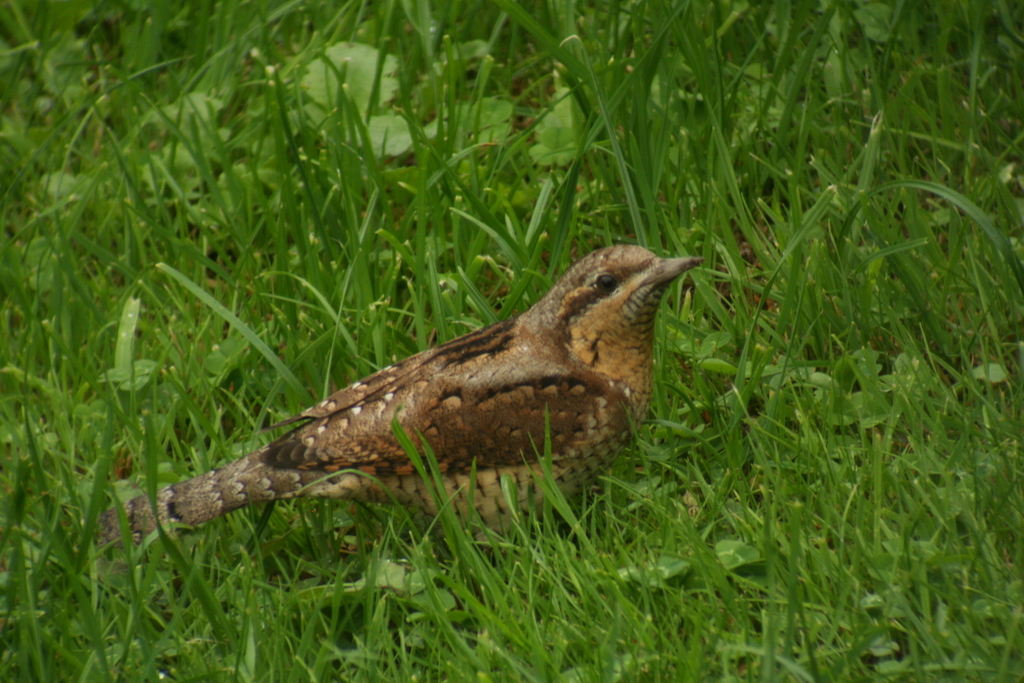
Wryneck (Jynx torquilla) A very unexpected guest to the garden, although one (presumably the same one) also appeared the previous year in August.
